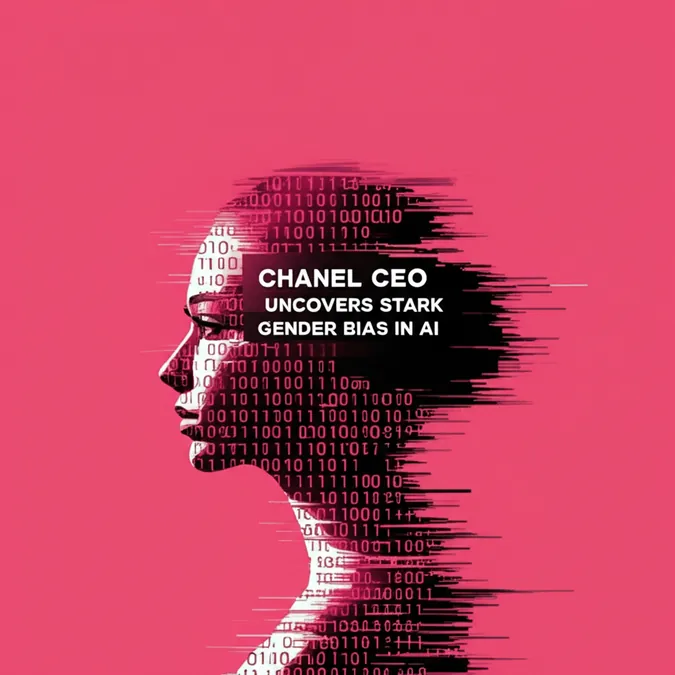Developer Offer
Try ImaginePro API with 50 Free Credits
Build and ship AI-powered visuals with Midjourney, Flux, and more — free credits refresh every month.
Night Photography And The Modern Crisis Of Trust
The New Skepticism A Digital World of Doubt
If you're a night photographer sharing your work online, you've likely seen comments like, "That's not real, that's AI!" This accusation is the modern equivalent of "That's Photoshopped!" and it points to a significant shift in how audiences perceive digital images. A decade ago, such comments were rare. So, what has changed to make viewers so skeptical of night photography?
An Era of Digital Distrust
We live in a world where misinformation is rampant, largely fueled by the social media platforms where photographers share their work. According to a 2024 Pew Research Center study, the number of U.S. adults on social media who are concerned about content inaccuracy has risen to 40% from 31% in just five years. This is particularly concerning given that about half of all U.S. adults get at least some of their news from these platforms. This general erosion of trust creates a challenging environment for any content that looks out of the ordinary, including the surreal beauty of night photos.
The Amplification of Misinformation
Social media platforms give everyone a megaphone, turning any user into a potential "news" source. The content that often gets the most engagement is that which provokes outrage. This dynamic means that false information can travel incredibly fast. In fact, researchers at MIT found that fake news can spread up to ten times faster than factual reporting on social media. This environment is compounded by organized disinformation campaigns. The Oxford Internet Institute identified such campaigns in over 80 countries in 2020, with many being state-sponsored efforts to manipulate public opinion. Against this backdrop of widespread distrust and active deception, an unusual and beautiful night photo struggles to be seen as authentic.
The Technological Shift From Photoshop to AI
Just a few years ago, the accusation was that a photo had been "Photoshopped." While this was often an accusation of deception, image manipulation is not new. Photographers have been creating composite and enhanced images since the 1800s. However, modern software made faking images, like swapping a dull sky for a brilliant Milky Way, trivially easy. Debates over authenticity, such as the one surrounding Peter Lik's famous moon photo, further fueled public suspicion.
Now, AI has entered the scene. Programs like Midjourney or DALL-E can generate hyper-realistic images from simple text prompts in seconds. While these AI-generated images can be impressive, they are not photographs. Their proliferation has understandably made the public even more skeptical of any image that seems too good to be true.
The Challenge of Explaining Night Photography
Part of the problem is that authentic night photography often requires explanation. A camera sensor, through a long exposure, can capture far more light and color than the human eye can perceive in the dark. This leads to common questions from viewers that sow seeds of doubt:
- Why is the photo so much brighter than the actual night?
- How can you see colors when it's dark outside?
- Why does the Milky Way look so vibrant in the photo?
- What are the streaks of light in the sky?
- How is it possible to take a picture in the dark?
Because the final image doesn't match the viewer's direct experience of the night sky, they are more likely to assume it is fake.
A Path Forward For Photographers
So, what can the night photography community do? The most effective approach is a commitment to education and transparency. Photographers can help by explaining the techniques used to capture their images, such as long exposure and light painting. It's also crucial to be honest. If an image is a composite or uses AI elements, it should be clearly stated. Passing off manipulated or generated images as authentic photographs only deepens the public's distrust and harms the entire community. By being open and educational, photographers can help bridge the gap between what their cameras can see and what the public expects.
Compare Plans & Pricing
Find the plan that matches your workload and unlock full access to ImaginePro.
| Plan | Price | Highlights |
|---|---|---|
| Standard | $8 / month |
|
| Premium | $20 / month |
|
Need custom terms? Talk to us to tailor credits, rate limits, or deployment options.
View All Pricing Details

